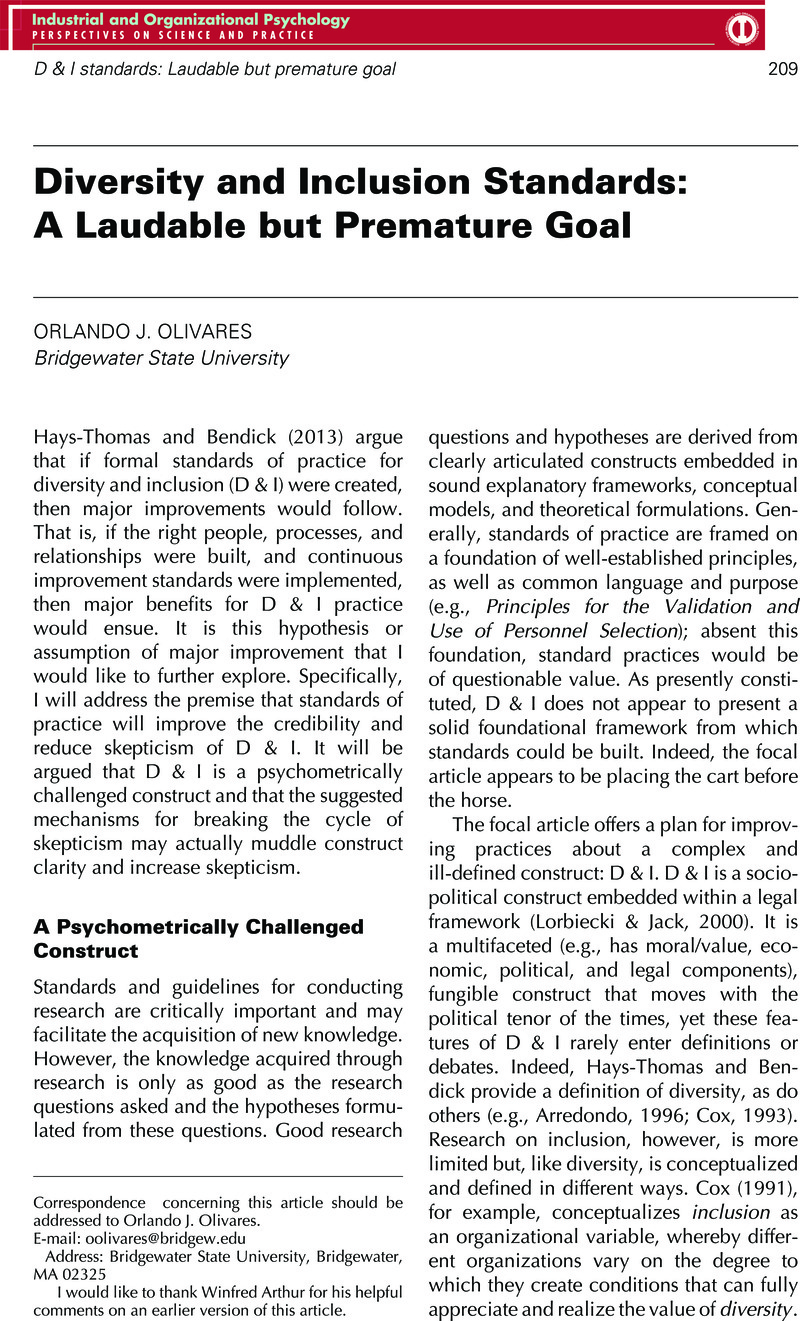Crossref Citations
This article has been cited by the following publications. This list is generated based on data provided by Crossref.
Arnold, Simone D.
2024.
Resilience of Multicultural and Multigenerational Leadership and Workplace Experience.
p.
354.



